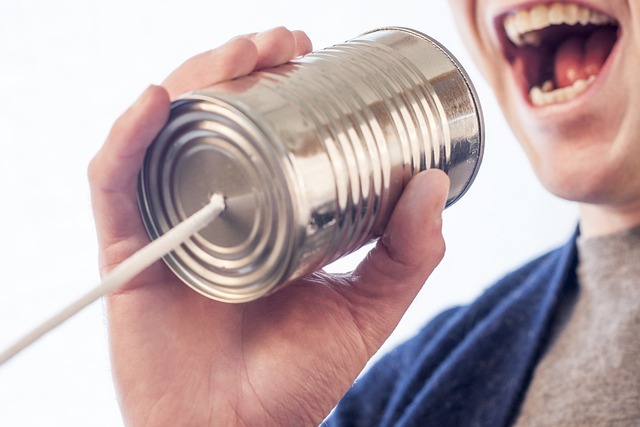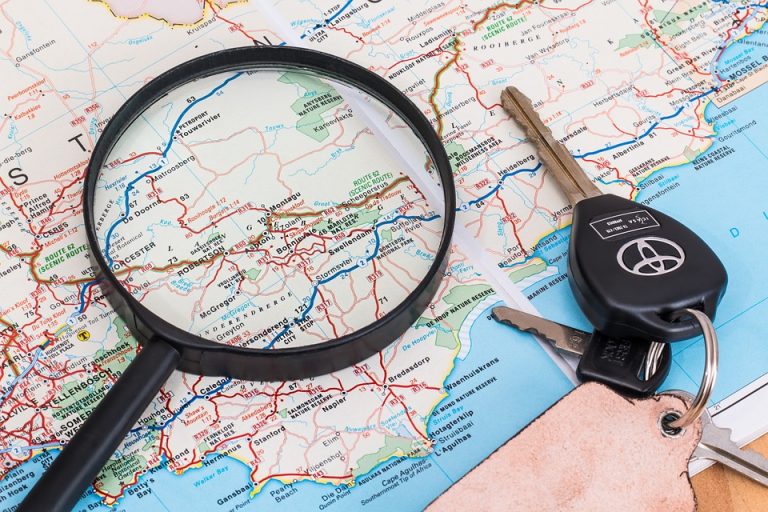In today’s unpredictable world, having an emergency communication plan for your family is crucial. Whether it’s a natural disaster, a medical emergency, or any other unexpected event, being prepared can make all the difference in ensuring your family’s safety and well-being. This article will guide you through the process of creating a detailed emergency communication plan that will help you stay connected and informed during challenging times.
Step 1: Assess Your Family’s Needs
Before creating an emergency family communication plan, it’s essential to assess your family’s unique needs and circumstances. Consider the following factors:
- Family Members: Take into account the number of family members, their ages, and any special needs they may have.
- Geographic Location: Consider the natural disasters or emergencies that are most likely to occur in your area, such as hurricanes, earthquakes, wildfires, or severe storms.
- Daily Routines: Think about your family’s daily routines and schedules. Are family members often at work, school, or other locations?
- Contact Information: Ensure you have up-to-date contact information for all family members, including home, work, and mobile phone numbers, as well as email addresses and social media profiles.
Step 2: Choose Reliable Communication Methods
Selecting reliable communication methods is crucial to ensure that your family can stay in touch during an emergency. Here are some options to consider:

- Cell Phones: Most people have cell phones, making them a primary communication tool. Ensure everyone has a fully charged phone and access to a portable charger.
- Text Messaging: Text messages often work when voice calls cannot due to network congestion. Familiarize family members with how to send and receive texts.
- Emergency Alert System (EAS): Sign up for local emergency alert systems or apps to receive real-time notifications about emergencies in your area.
- Two-Way Radios: Consider two-way radios for short-range communication when cell networks are down.
- Social Media: Set up private family groups on social media platforms to share updates and check-in during an emergency.
- Landline Phones: Maintain a landline phone as they may work when cell networks fail during power outages.
Step 3: Establish Communication Protocols
Once you’ve chosen your communication methods, establish clear protocols for when and how your family should communicate during an emergency:
- Designate an Out-of-Area Contact: Choose a friend or family member who lives in a different region to be your central point of contact. Make sure everyone knows their contact information.
- Establish Check-In Times: Set regular check-in times when family members should contact the out-of-area contact to confirm their safety and whereabouts.
- Emergency Codes: Develop a system of codes or keywords that family members can use in messages to convey their status or specific needs without revealing sensitive information to others.
- Meeting Locations: Identify designated meeting places both within your home and outside in case of evacuation.
Step 4: Create an Emergency Contact List
Compile an emergency contact list that includes:
- Family Contacts: List names, phone numbers, and email addresses of all family members.
- Emergency Services: Include the local police department, fire department, and medical facilities.
- Neighbors: Add the contact information of trusted neighbors who can assist in case of an emergency.
- Out-of-Area Contact: Include the out-of-area contact person and their contact information.
Step 5: Practice Your Plan
Regularly practice your emergency communication plan with your family. Conduct drills to ensure everyone knows how to use the chosen communication methods, and make adjustments if needed.
Conclusion:
Creating an emergency family communication plan is an essential step in ensuring everyone’s safety during challenging times. By assessing your family’s needs, selecting reliable communication methods, establishing clear protocols, and regularly practicing the plan, you’ll be better prepared to stay connected and informed when it matters most. Remember that communication is key to reducing stress and uncertainty during emergencies, so take the time to develop and maintain your plan today.


